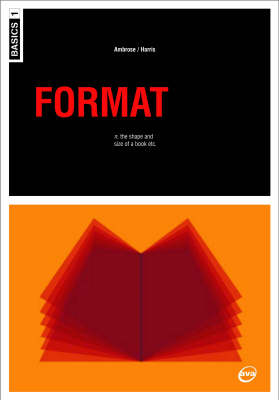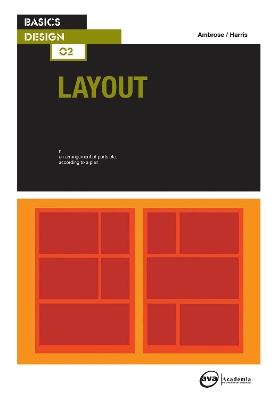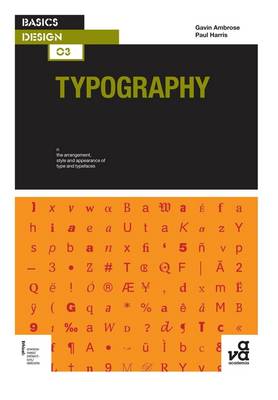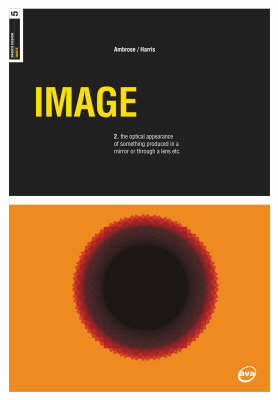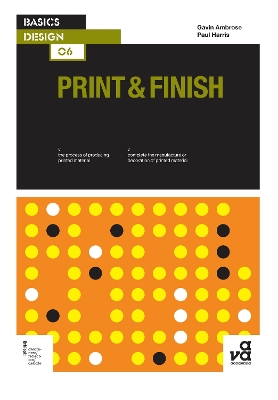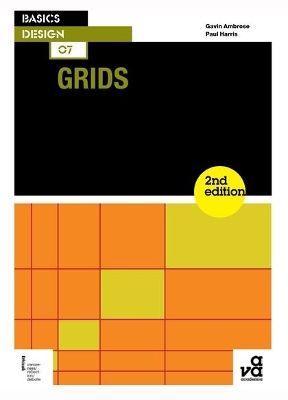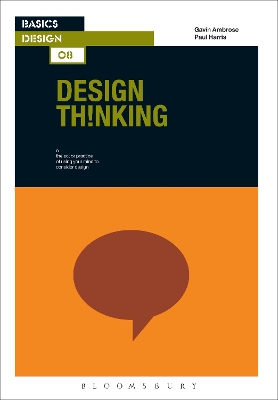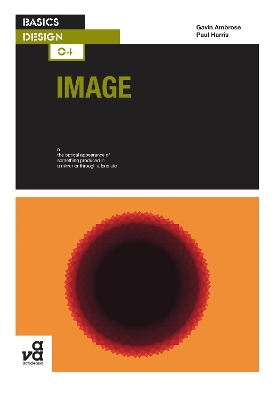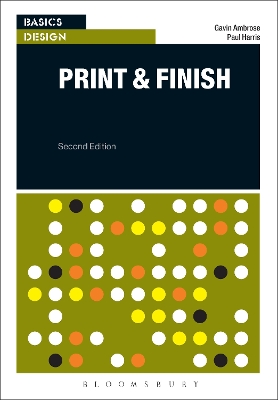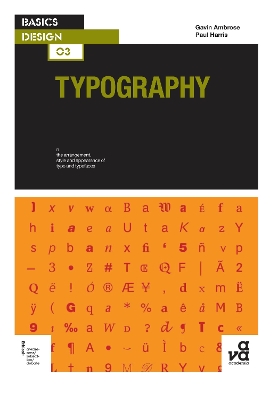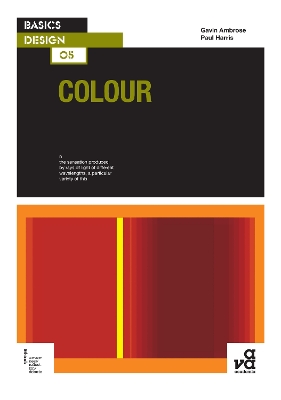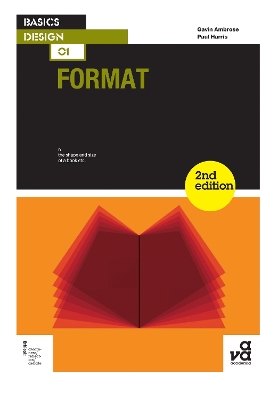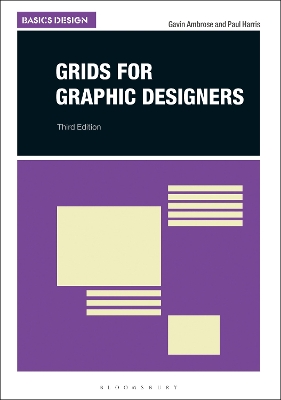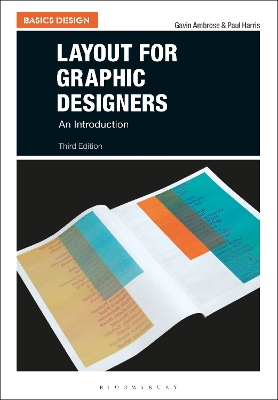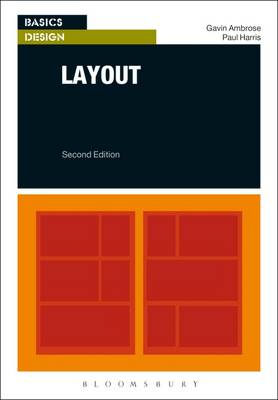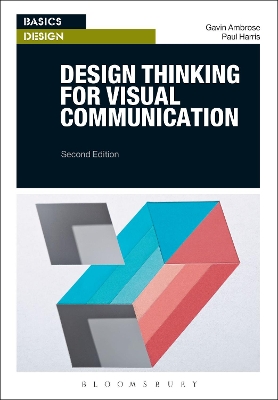Basics Design
8 primary works • 17 total works
Book 1
Book 2
Good layout in both print and electronic media allows for the most effective communication of complex information to a viewer. This book's objective is to instruct in the management...Read more
Good layout in both print and electronic media allows for the most effective communication of complex information to a viewer. This book's objective is to instruct in the management of form and space in order to achieve this effect.
It addresses the practical and aesthetic considerations of layout, such as where and how the content will be viewed, whether the format is a magazine, website, television graphic or even a bottle of bubble bath.
Book 3
Book 4
Book 5
Book 6
Presentation is everything in graphic design, and professionally applied printing and finishing techniques can add value to a design by imbuing it with a range of different visual and tactile qualities....Read more
Presentation is everything in graphic design, and professionally applied printing and finishing techniques can add value to a design by imbuing it with a range of different visual and tactile qualities. Ultimately, such processes unite the different elements of a design in a coherent manner allowing it to achieve its intended purpose.
The book is itself printed on seven different paper stocks – including coated, uncoated, coloured, woodfree and matt – allowing the reader to see the results that can be achieved with creative stock selection.
Book 7
Book 8
Images are everywhere, from cinema posters to perfume packaging.They have the power to elicit a response and impart information. But understanding what they mean, when to use them and how to control...Read more
Images are everywhere, from cinema posters to perfume packaging.They have the power to elicit a response and impart information. But understanding what they mean, when to use them and how to control them is a crucial part of the designer's role. This book introduces some of the ways in which images are created; from photography to illustration, systematic generation to iconography and computer manipulation.
It equips the designer with a series of tools and ideas that will facilitate the effective use of images in design.
The second edition of the sixth book in the series, Print and Finish is a guide to the printing and finishing techniques employed by graphic design studios all over the world. A thorough understanding of these techniques will equip the designer with the ability to harness the creative potential of these processes and add creative elements to a design in order to increase its impact and functionality.
Showcasing seven different paper and ink stocks and finishes, the book is an invaluable reference tool. With new contributions and activities, the second edition builds on the success of the first, and is an absolute must-have for all design students.
Typography is the means by which a written idea is given a visual form. Effective use of typography can produce a neutral effect or rouse the passions, symbolise artistic, political or philosophical movements, or express the personality...Read more
Typography is the means by which a written idea is given a visual form. Effective use of typography can produce a neutral effect or rouse the passions, symbolise artistic, political or philosophical movements, or express the personality of a person or organization. This book aims to impart a comprehensive understanding of typography, to explore its history, theory and practice.
Aimed at both students and practising designers, it provides a thorough examination of how typography informs other aspects of creative design.
Colour is used to represent thoughts and emotions in a way that no other element of design can. This book explores in depth what colours mean; their inherent associations and cultural connotations. It...Read more
Colour is used to represent thoughts and emotions in a way that no other element of design can. This book explores in depth what colours mean; their inherent associations and cultural connotations. It then tackles how to control colour in a design in order to achieve a desired effect or to fulfil a specific brief.
Starting with the basic principles of colour – how light works, colour wheels, colour combinations and harmonies – the book builds on these principles and explains how the designer can accurately and intentionally control colour.
Written and designed by best-selling authors Gavin Ambrose and Paul Harris, this clear and concise introduction to the use of grids in design covers all the basics and the expanded section of activities and exercises allows students to implement what they have learned.
Layout for Graphic Designers provides visual arts students with a theoretical and practical underpinning of this design subject. Packed with over 200 examples from key contemporary practices, and fully illustrated with clear diagrams and inspiring imagery, it offers an essential exploration of the subject.
This third edition has been updated to include 25 new images and 6 new case studies from Lundgren + Lindqvist, TwoPoints.Net, Bruce Mau Design, Non-Format, Mind Design and Plau.
Now in its second edition, the highly popular Design Thinking for Visual...Read more
Now in its second edition, the highly popular Design Thinking for Visual Communication identifies methods and thought processes used by designers in order to start the process that eventually leads to a finished piece of work. Step-by-step guidance for each part of the process is highlighted by real-life case studies, enabling the student to see teaching in practice. This focus on ideas and methods eschews an abstract, academic approach in favour of a useable approach to design as a problem-solving activity.
The new edition now includes contributions from a broader international range of design practices and adds depth to existing case studies by looking in greater detail at some of the processes used.
